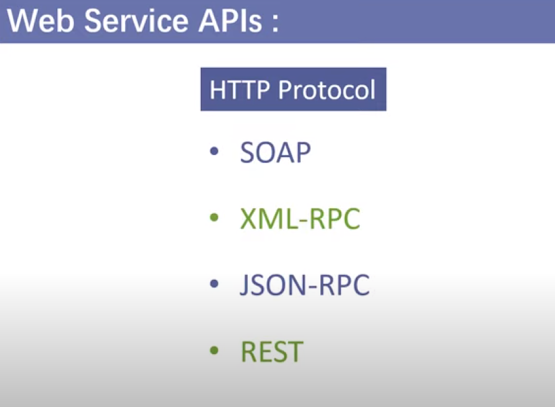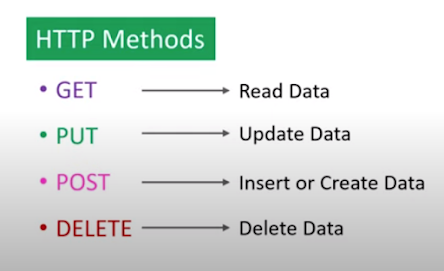What are types of RESTapi?
RESTapi work with HTTP protocols.
REST and SOAP api's are most popular api's and most use in the projects.
So we will cover REST api in this blog.
What is REST API?
It is Representational State Transfer Application programming Interface.
It support many formats like:
JSON, TEXT, XML, user-defined.
SOAP api only support XML format.
Before using/hitting API request to server we have to tell which request method this API has.
With HTTP request method, we can know the nature of api call/request of data.
There are many method RESTapi supports, these are.
Note: Many develper called REST api as a RESTful api.
Than we have to pass additional information with api called header.
There are many header information types but important part is
1. header('Content-Type: application\json');
This header provide imformation about the type content we will get in api response
2. header('Access-Control-Allow-Methods:PUT');
This header use to tell what type of request method we are using request any sort of api.
3. We have optional header, that is
header('Access-Control-Allow-Origin: *');.
This header is for security purposes. mean, You mention which server ip/url can access this api data.
Here * mean, any url can access/use this api.
4. We have another optional header.
header('Access-Controll-Allow-Headers:<header-name');
This header is for security purposes. mean, you define here what headers you want to use. So that no hackers make attemps to use their own choice of headers in our API script.
Link
https://www.codeofaninja.com/create-simple-rest-api-in-php/
https://code.tutsplus.com/tutorials/how-to-build-a-simple-rest-api-in-php--cms-37000



Comments
Post a Comment